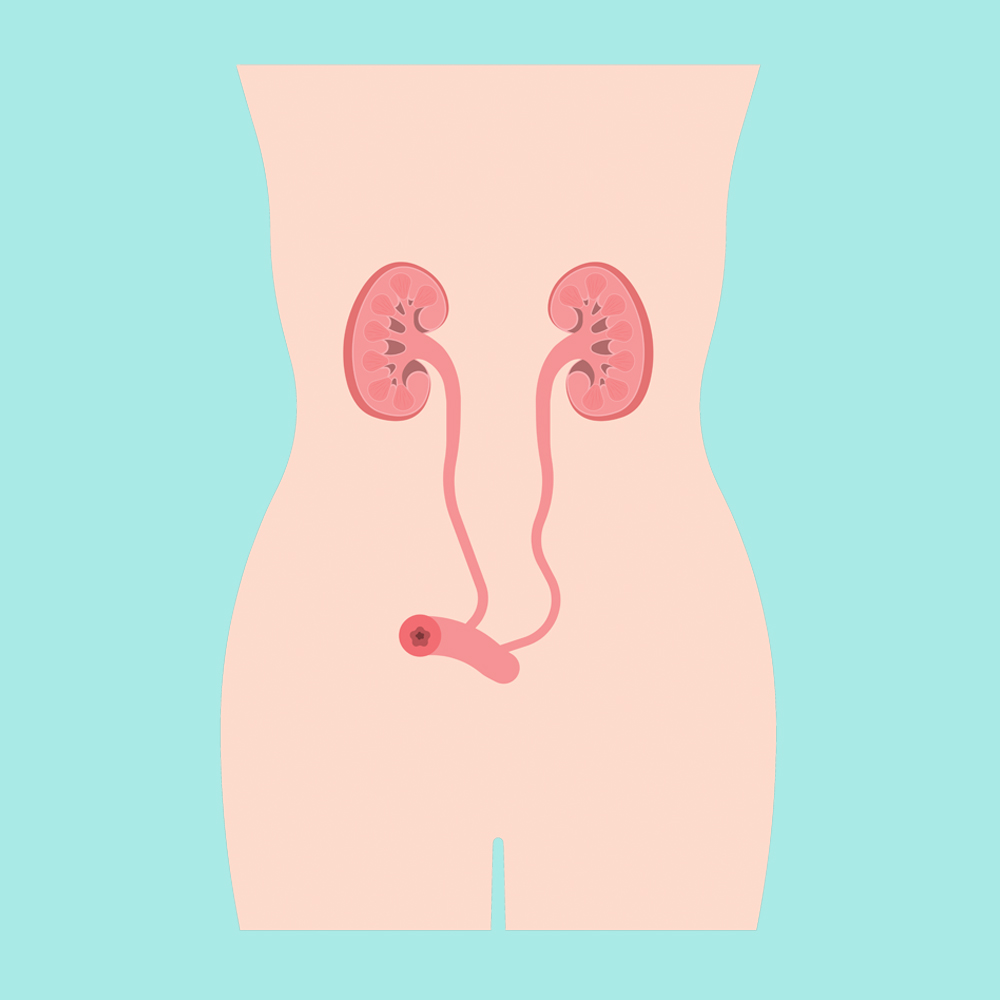What is a Stoma?
A stoma is a surgically created opening in the body, primarily connecting a portion of the intestine or urinary tract to the surface of the skin. This opening allows waste to be diverted from its normal route and exit the body through the stoma. A stoma may be temporary or permanent, depending on the patient’s medical condition and the surgeon’s recommendations.

Different Types of Stomas
There are three main types of stomas:
Colostomy

A colostomy is a stoma created from the large intestine (colon) and brought to the surface of the abdominal wall.
It is typically used to manage conditions that affect the lower part of the colon or rectum. A colostomy may be created on the right, transverse, or left side of the colon, depending on the specific medical condition.
Ileostomy

An ileostomy involves creating a stoma from the ileum, which is the last part of the small intestine.
It is often used to treat conditions affecting the colon or rectum when the entire colon needs to be bypassed or removed. An ileostomy is usually situated on the lower right side of the abdomen.
Urostomy

A urostomy, also known as an ileal conduit, is a stoma created to divert urine away from the bladder.
This type of stoma is formed using a small section of the small intestine, which is then connected to the ureters. The other end of the intestine is brought to the surface of the abdomen to create the stoma. A urostomy is typically used when the bladder has been removed or is not functioning correctly.
Reasons for Stoma Surgery
Stoma surgery may be performed for several reasons, including:
- Inflammatory bowel disease (Crohn’s disease or ulcerative colitis)
- Colorectal cancer
- Diverticulitis
- Familial polyposis
- Bowel obstruction
- Bladder cancer
- Neurogenic bladder
- Trauma or injury

The Stoma Formation Process
The process of creating a stoma usually involves the following steps:
- 1. Surgery: A surgeon creates an opening in the abdomen and brings a portion of the intestine or urinary tract to the surface of the skin.
- 2. Stoma Formation: The surgeon secures the exposed end of the intestine or urinary tract to the skin, creating the stoma.
- 3. Recovery: The patient recovers in the hospital for a few days to several weeks, depending on the complexity of the surgery and their overall health.
- 4. Stoma Education: Before leaving the hospital, the patient and their caregiver will receive education on stoma care and management.
Conclusion
A stoma can significantly impact an individual’s life, making it essential to understand its different types, the surgical procedures involved, and the care required to maintain a healthy lifestyle.
This article provides valuable information and practical tips for those living with a stoma and their caregivers. By embracing proper care techniques, managing diet and nutrition, staying active, and seeking emotional support, individuals with a stoma can lead fulfilling and healthy lives.
Ultimately, staying informed and following the guidance of healthcare professionals will empower patients and caregivers to navigate life with a stoma confidently and enjoy a high quality of life.




